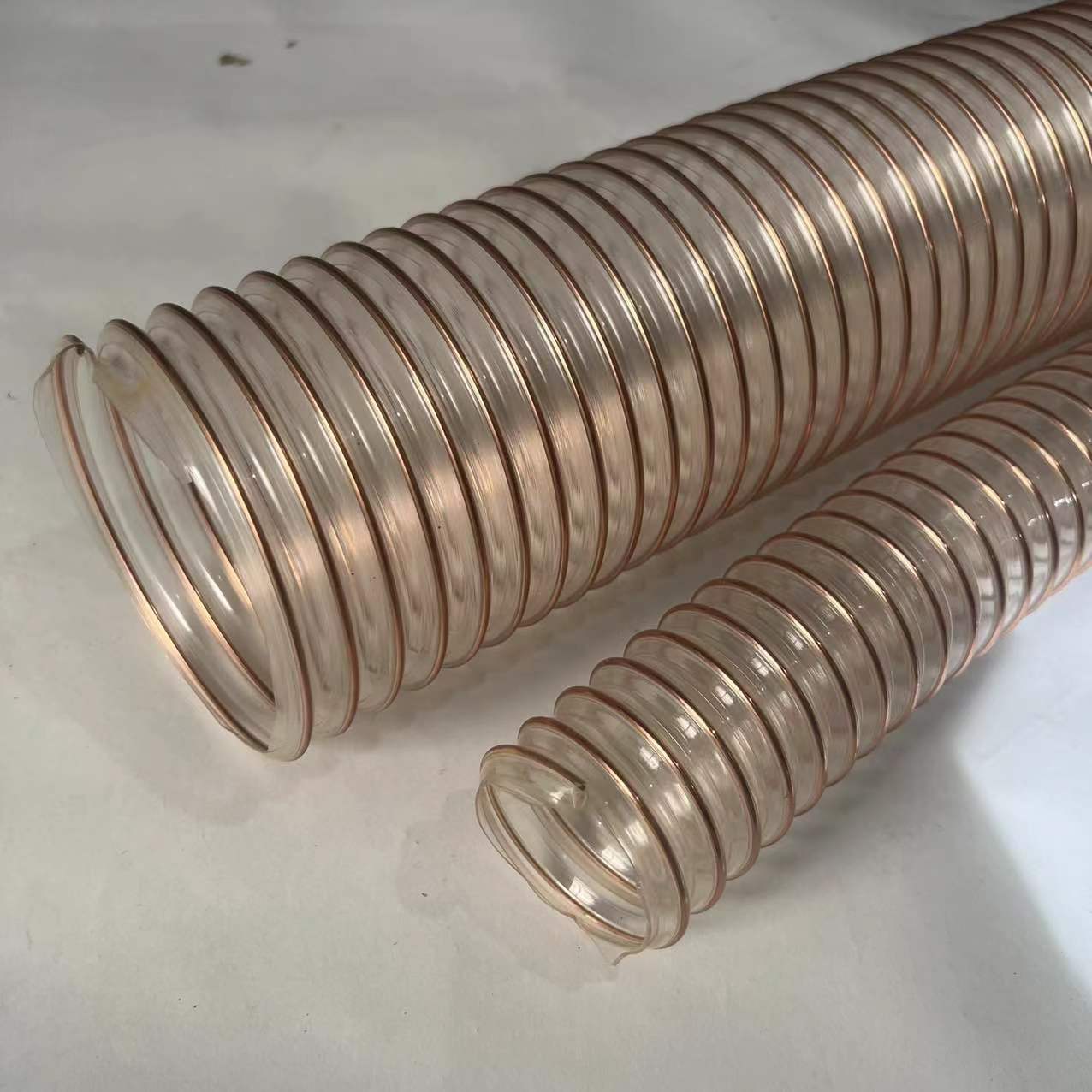types of hoses in fire
Types of Hoses in Firefighting
Firefighting is a critical profession that relies heavily on the effectiveness of equipment, and hoses are among the most vital tools in a firefighter's arsenal. Hoses take on the crucial role of delivering water and extinguishing agents to combat fires. Understanding the different types of hoses used in firefighting can greatly enhance the efficiency and safety of firefighting operations. Here, we will explore the main types of hoses used in the field, their characteristics, and their applications.
1. Attack Hoses
Attack hoses are designed for delivering water directly to the fire and are typically used by firefighters when they first arrive at the scene. These hoses are generally made of synthetic materials, which make them lightweight and flexible. They come in various diameters, commonly ranging from 1.5 inches to 3 inches, allowing for a balance between water flow and maneuverability.
The primary purpose of attack hoses is to provide firefighters with the means to apply water directly to the flames. Their high-pressure ratings enable them to withstand the intense forces generated during firefighting operations. Attack hoses are often designed to be highly durable, allowing them to endure the rough conditions associated with fighting fires, including sharp debris and high temperatures.
2. Supply Hoses
Supply hoses serve as the backbone of the firefighting operation, transporting large volumes of water from a static source—such as a fire hydrant, a water source, or a tanker truck—to the pumper trucks or directly to the fire scene. These hoses are usually larger in diameter, typically ranging from 3 to 6 inches, which facilitates a high flow rate.
Made from similar synthetic materials as attack hoses, supply hoses are designed for flexibility and strength. They can also handle higher pressures due to the volume of water they carry. Most supply hoses are equipped with couplings at both ends, which allow for easy connections to fire hydrants or other water sources. The effective use of supply hoses ensures that firefighters have a reliable supply of water as they work to extinguish the fire.
Booster hoses are a specialized type of attack hose. They are often smaller in diameter and are designed for quick response scenarios where immediate access to water is necessary. Typically, they measure 1 inch in diameter and are used for small fires or grass fires.
types of hoses in fire

These hoses are usually housed on a reel attached to fire apparatus, making them easy to deploy quickly. Booster hoses are less heavy-duty than traditional attack hoses; however, they are very effective for tackling smaller, less intense fires where immediate action is required. Their compact design allows for easy storage and rapid deployment.
4. Hard Suction Hoses
Hard suction hoses are unique in their construction, typically made from a rigid type of material that allows them to create a vacuum effect. These hoses are used to draw water from static sources such as ponds, lakes, or swimming pools. As a vital component in firefighting, hard suction hoses are limited to specific applications where they can thrive.
These hoses include rigid couplings that allow them to connect to other equipment like suction pumps. While not typically used in direct applications against fires, they play a significant role in providing water to firefighting operations, particularly in rural areas where access to municipal water supply lines can be limited.
5. Large-Diameter Hoses (LDH)
Large-diameter hoses are essential for transporting significant quantities of water over long distances. These hoses often have diameters of 4 inches or more and are primarily used for water supply lines when large volumes of water are needed, such as in industrial firefighting situations.
LDH hoses can carry much more water than standard supply hoses, making them essential during large-scale firefighting incidents. They require specialized equipment, such as larger pumps, to handle the increased water flow and to maintain adequate pressure.
Conclusion
Firefighting hoses are critical components of effective fire suppression strategies. By understanding the various types of hoses—attack hoses, supply hoses, booster hoses, hard suction hoses, and large-diameter hoses—firefighters can make better decisions regarding equipment selection and deployment strategies. Each type of hose is designed to serve specific purposes in firefighting operations, and their efficient use is essential in ensuring the safety of both firefighters and the communities they protect.
-
Top Quality Oxy Acetylene Hoses for Sale Fit for Welding DemandsNewsJul.28,2025
-
The Future of Pneumatic Air Tubes in IndustryNewsJul.28,2025
-
Superior and Reliable LPG Hose Pipe Solutions for Every NeedNewsJul.28,2025
-
Exceptionally Durable and Versatile Premium Braided PVC TubingNewsJul.28,2025
-
Best Adapters for Connecting Garden Hose to PVC Pipe ConnectionsNewsJul.28,2025
-
The Essential Role of LPG Hoses in Safe and Efficient Gas DistributionNewsJul.16,2025














